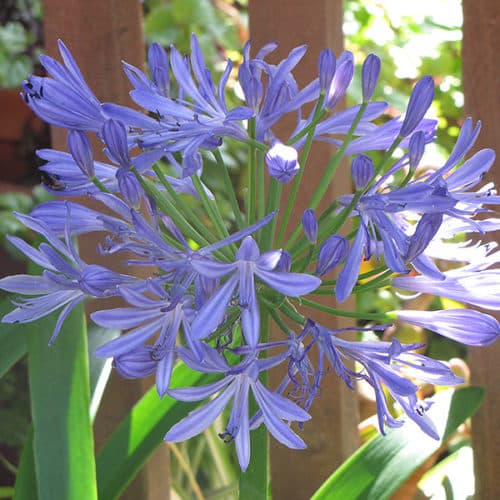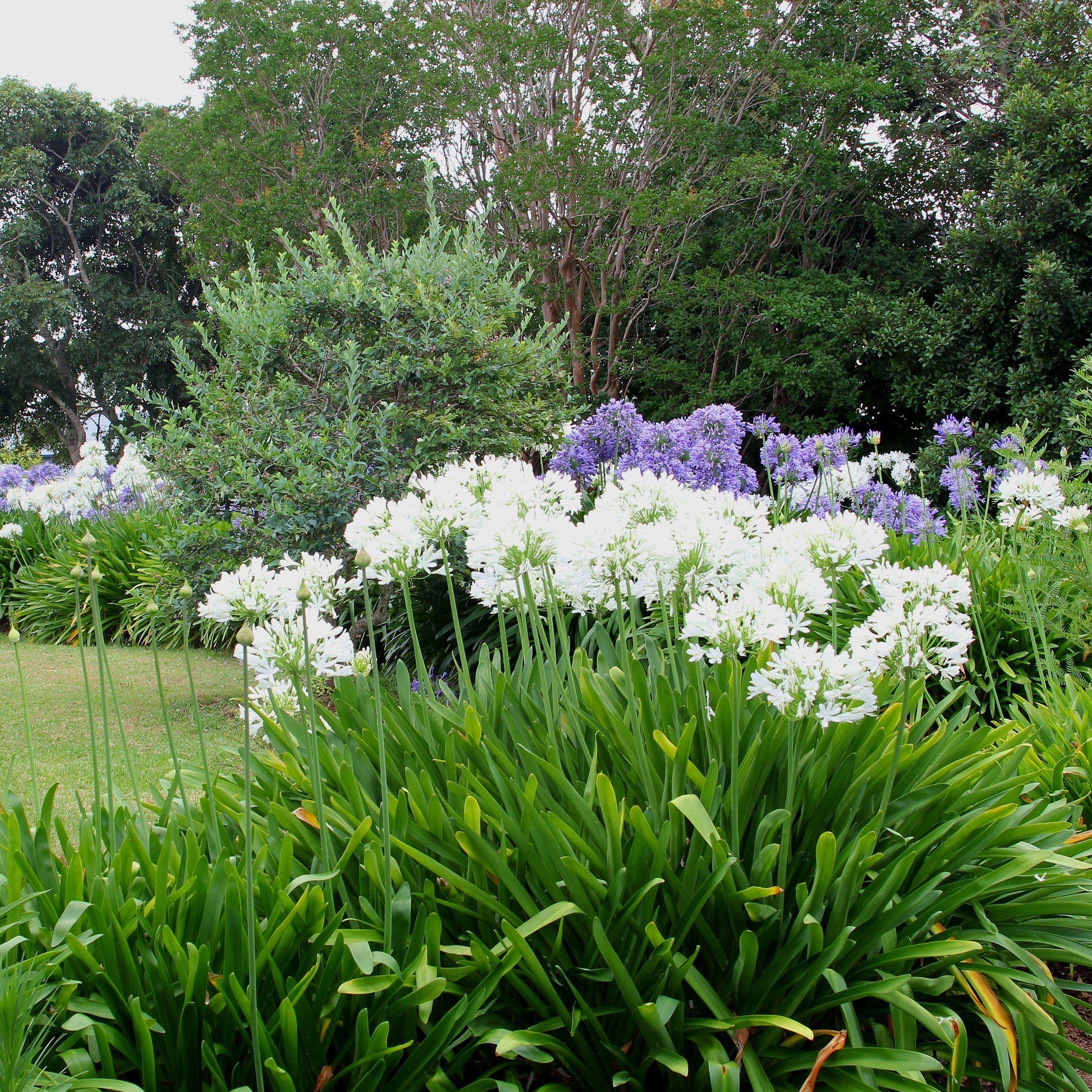Agapanthus Varieties: Choosing the most effective for Your Landscape
Agapanthus Varieties: Choosing the most effective for Your Landscape
Blog Article
Mastering the Art of Agapanthus Care: Essential Actions for Healthy Growth and Vivid Blossoms
In the world of gardening, the cultivation of agapanthus stands as a satisfying endeavor for those who seek to support these elegant flowering plants. With their striking flowers and stylish foliage, agapanthus has recorded the attention of garden enthusiasts worldwide. However, achieving optimal development and vibrant blossoms requires a nuanced approach that includes different necessary actions. From selecting the ideal selection to mastering trimming strategies, the journey in the direction of cultivating flourishing agapanthus plants is complex and holds the vital to opening the complete potential of these herb gems.

Selecting the Right Agapanthus Range

When picking the best Agapanthus range for your garden, think about elements such as environment viability, bloom shade, and growth habit. In addition, take into consideration the climate in your region to make certain the Agapanthus range you select can flourish in your details conditions. Recognizing the growth behavior of different Agapanthus selections is important for proper placement within your yard.
Suitable Growing Conditions
Considering the ideal ecological requirements is crucial for successful Agapanthus farming. Agapanthus flourishes in well-draining dirt with a slightly acidic to neutral pH level. When planting, select a place that gets complete sunlight to partial color. In hotter environments, providing some mid-day shade can stop scorching of the fallen leaves. Agapanthus plants are sensitive to cold temperature levels and should be secured from frost throughout cold weather.
To make certain healthy development and vibrant blooms, plant Agapanthus bulbs at a depth of about 2-4 inches and room them 8-12 inches apart. Including raw material, such as garden compost, to the dirt can enhance drain and fertility, advertising durable origin growth. Mulching around the base of the plants helps keep wetness and suppresses weed growth. Routine watering is critical, specifically throughout the growing season, to keep the soil consistently damp however not waterlogged.
Watering and Fertilizing Tips
Maintaining appropriate moisture levels and giving vital nutrients are vital components in the care program for Agapanthus plants. When it comes to sprinkling Agapanthus, it is crucial to strike an equilibrium. These plants choose continually moist dirt yet are susceptible to root rot if overwatered.
Fertilizing Agapanthus is necessary for advertising healthy and balanced development and respected blossoms. Apply a balanced fertilizer, such as a 10-10-10 formula, in the very early springtime as brand-new development arises. By complying with these watering and feeding suggestions, you can ensure your Agapanthus plants prosper and generate lively, resilient blossoms.
Pruning Techniques for Agapanthus
Trimming Agapanthus plants at the proper times and with correct strategies is imp source critical for maintaining their health and advertising ideal development and blooming. The suitable time to prune Agapanthus is in late winter or very early springtime before new development arises. Begin by getting rid of any dead or yellowing fallen leaves near the base of the plant. Cut them as short as feasible without damaging the emerging shoots.
Deadheading invested blossoms can likewise redirect the plant's power into producing even more blossoms rather than establishing seeds. If you desire to collect seeds for proliferation, leave some blossoms to completely dry and mature on the plant.
Remember to utilize tidy, sharp devices to make specific cuts and reduce the threat of introducing diseases. Agapanthus. Normal trimming will certainly assist keep your Agapanthus looking healthy and neat while ensuring a bountiful screen of gorgeous flowers
Dealing With Typical Insects and Diseases
After making certain appropriate trimming techniques for Agapanthus, it is necessary to attend to usual bugs and diseases that can impact the wellness and vigor of these plants. One typical pest that affects Agapanthus is the Agapanthus gall midget.
One more common problem is fungal leaf spot, which presents as dark lesions on the leaves. To stop fungal conditions, make certain excellent air blood circulation around the plants, stay clear read more of above watering, and remove any contaminated fallen leaves quickly. Additionally, Agapanthus plants can struggle with origin rot if they are planted in poorly draining pipes dirt. To avoid this, plant Agapanthus in well-draining dirt and stay clear of overwatering. By being attentive and taking timely action versus diseases and parasites, you can assist your Agapanthus plants flourish and produce vivid blossoms.

Verdict
To conclude, mastering the art of agapanthus care involves selecting the right variety, offering optimal planting conditions, appropriate watering and fertilizing, suitable pruning techniques, and dealing with typical insects and illness. By following these vital steps, you can guarantee healthy and balanced development and lively flowers for your agapanthus plants. Keep in mind to on a regular basis keep an eye on and preserve your plants to promote their overall well-being and long life.
To make certain healthy and balanced growth and vibrant blossoms, plant Agapanthus light bulbs at a depth of about 2-4 inches and space them 8-12 inches apart. By following these watering and feeding ideas, you can ensure your Agapanthus plants thrive and generate lively, lasting blooms.
One usual bug that impacts Agapanthus is the Agapanthus gall midge. In addition, Agapanthus plants can experience from root rot if they are grown in improperly draining soil. By adhering to these essential actions, you can guarantee healthy visit development and vivid flowers for your agapanthus plants.
Report this page